Prehistoric “Water Vampires” Found in Northern China Still Exist Today
Over a year ago, the prehistoric remains of several ‘sea monsters’ were unearthed in Northern China, a discovery that has sparked a wave of excitement and underscored the profound significance of paleontology in the archaeological world.
The fossilized remains of a species of fish known as lampreys were subjected to a meticulous analysis, revealing that these aggressive blood-sucking predators had evolved much quicker than previously thought.
Paleontologists Make Fascinating Discovery in Northern China
In 2023, paleontologists working at a site in Yanliao Biota, northern China, stumbled across several new lamprey fossils, which they named Yanliaomyzon occisor.

Source: Wikimedia
The remains of these unique fish, often referred to as “living fossils” due to their long evolutionary history, are thought to date back over 160 million years.
The Emergence of Lampreys
Lampreys are thought to have emerged in the ocean around 360 million years ago. Modern descendants of the species can reach up to a meter in length.
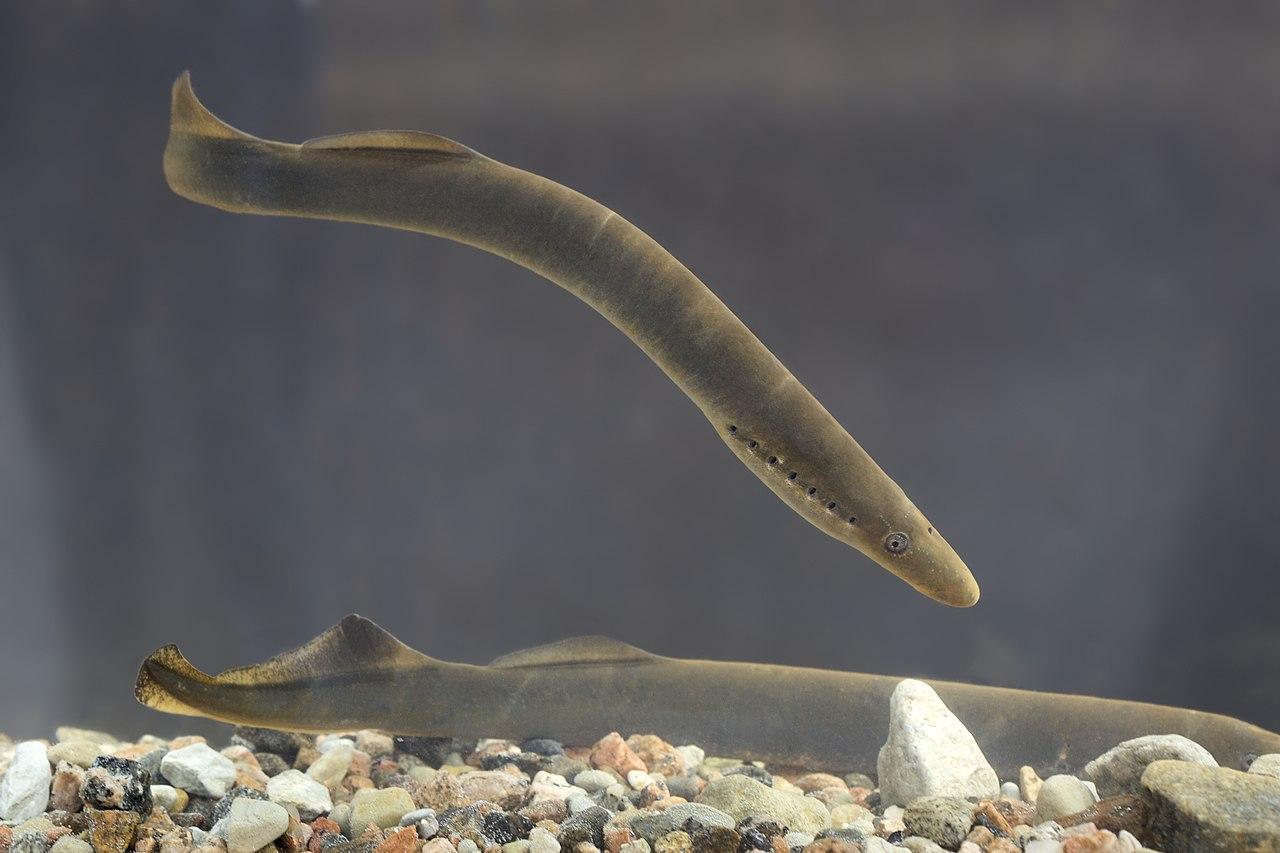
Source: Wikimedia
Whereas their ancient predecessors were as little as a few centimeters in length. However, the recent discovery in China began to rewrite everything we thought we knew about these fish.
Enormous Lamprey Fossil Discovered in China
One of the fossilized lamprey unearthed in China measured an impressive 64 centimeters, marking a significant increase in size.

Source: Wikimedia
This example is currently the largest fossilized lamprey ever discovered. The researchers who made the discovery noted that the new Chinese examples can shed light on the species’ evolutionary history.
Water Vampires
The jawless eel-like fish, sometimes called “water vampires” for their habit of attaching to prey and sucking their blood through toothed funnel-like mouths, provides scientists with a clearer view of a creature’s evolution.
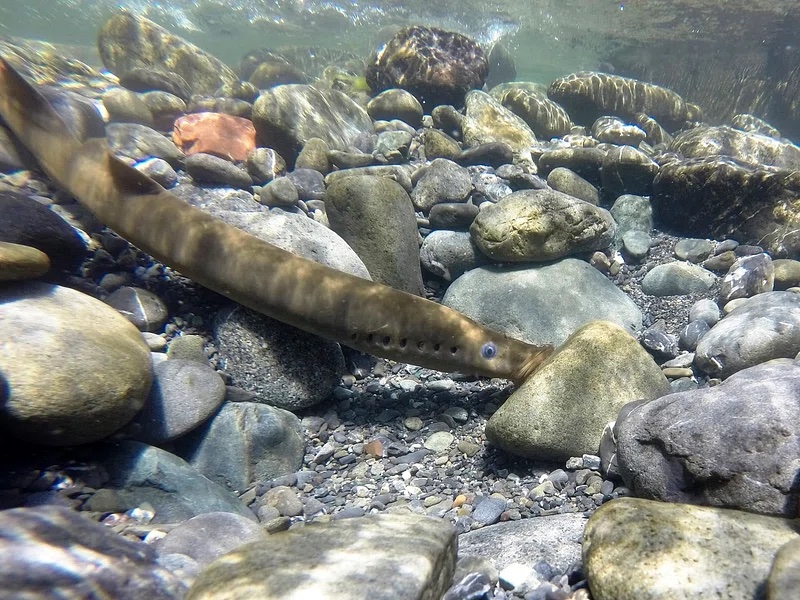
Source: Rawpixel
Previously, scientists were unsure how the ancient creatures fed on prey, or how they evolved to become “water vampires.”
Filling in the Gaps
But researchers working at the Yanliao Biota—a major depository of Jurassic-era fossils on the borders of modern-day Inner Mongolia, Hebei and Liaoning provinces—are filling in the gaps with an ancient fossil.

Source: Wikimedia
The largest fossil researchers are looking at measures over 60 cm (24 inches) long, and have uncovered that it had an enhanced feeding structure.
Constructing the Evolutionary Process of Lampreys
A team of researchers studied the fossils under the guidance of Feixiang Wu of the Chinese Academy of Sciences.
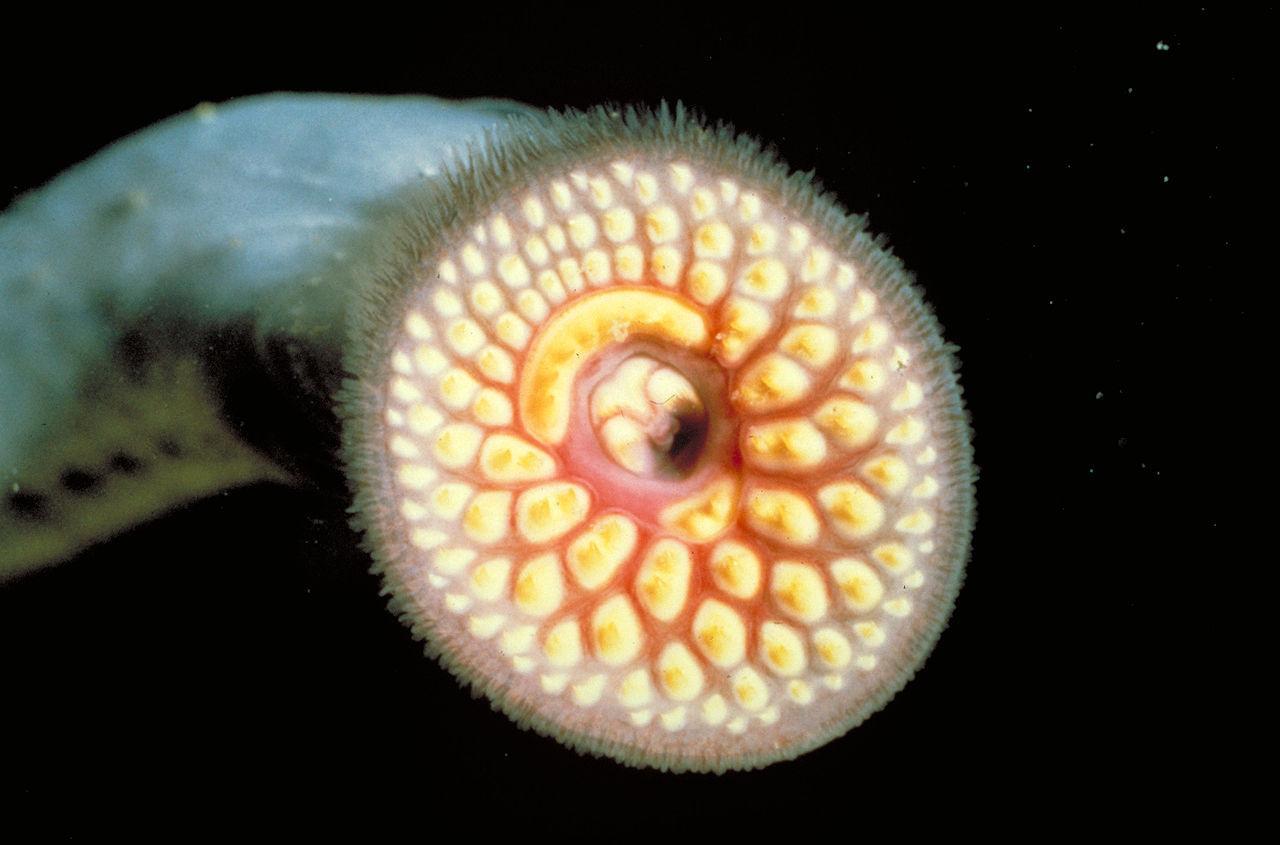
Source: Wikimedia
The new discovery will allow scientists to bridge “the recorded fossil and extant lampreys; these fossils offer an opportunity to reconstruct the evolutionary process and the ancestral state of modern lampreys’ feeding biology,” they wrote.
Formidable and Terrifying Predators
Wu, along with his colleagues, including Chi Zhang of the Chinese Academy of Sciences and Philippe Janvier of the National Museum of Natural History in France, meticulously studied fossils, which allowed them to gain insight into the examples.
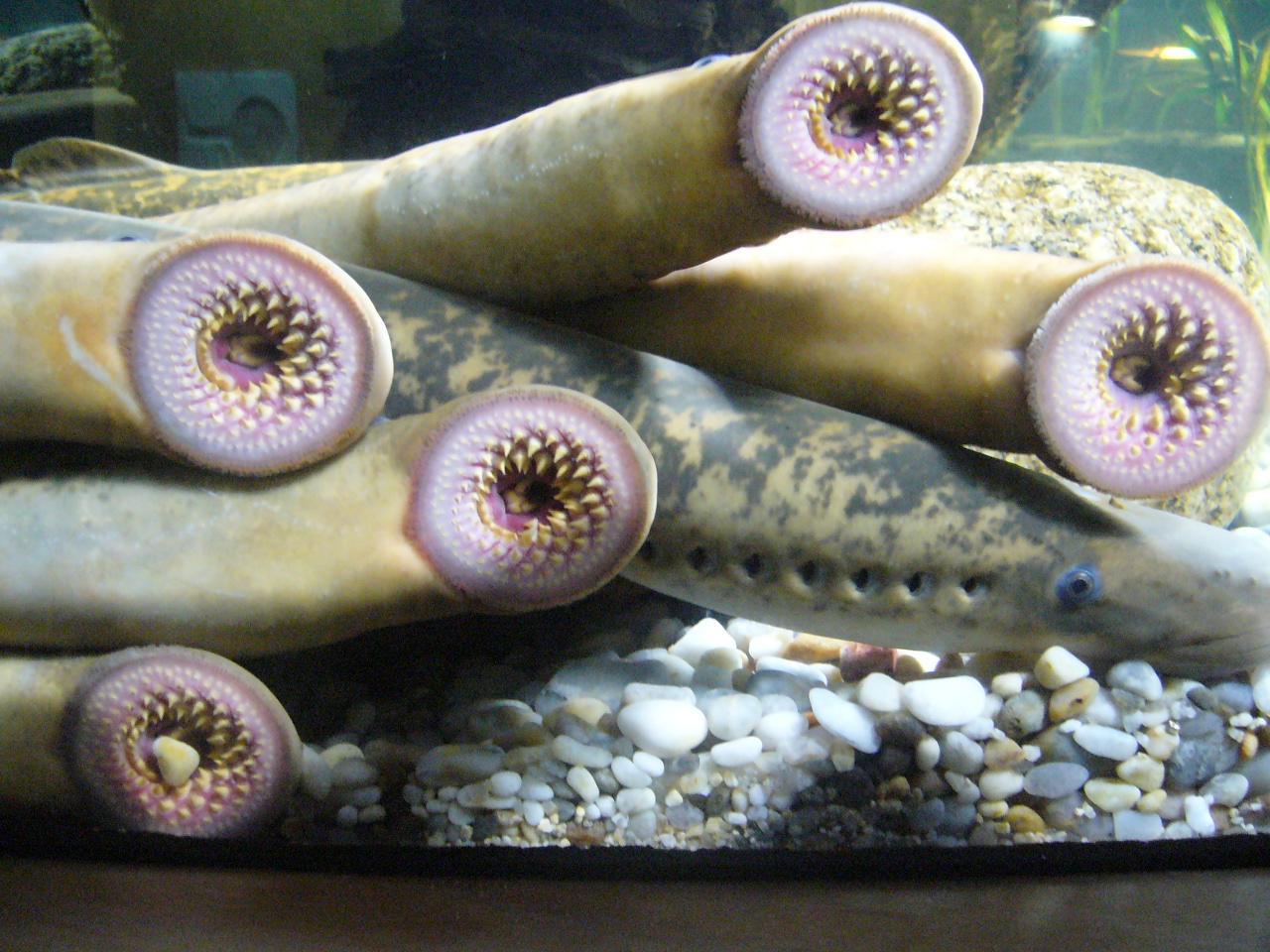
Source: Wikimedia
They discovered the ancient fish greatly outsized their early evolutionary predecessors and became predators much earlier than previously thought.
Jawless Vertebrates
Lampreys, alongside hagfish, are two species that comprise the living jawless vertebrate groups.
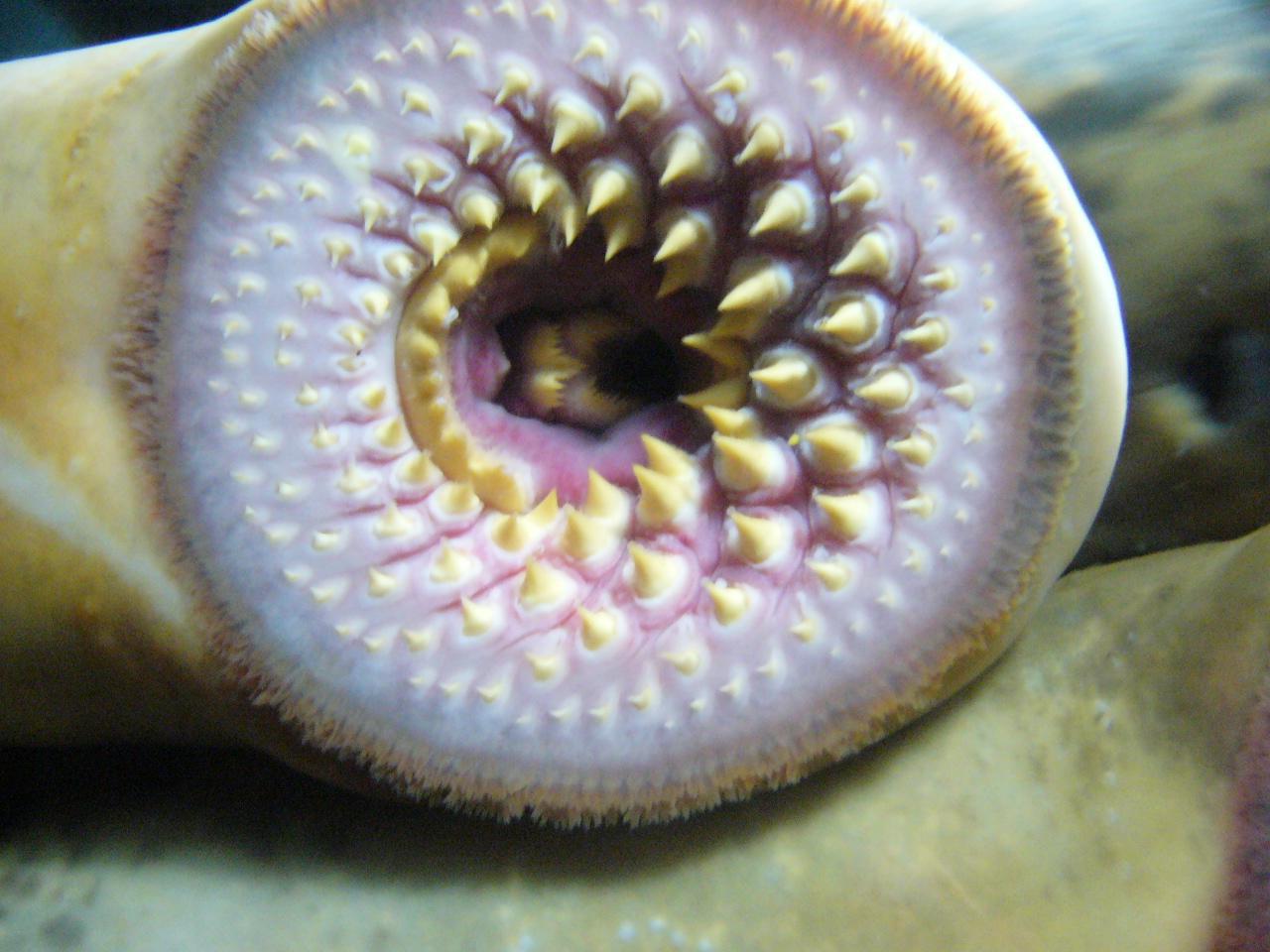
Source: Wikimedia
They resemble eels with their snake-like figures. However, eels are a much more modern species that evolved with bones and jaws. Lampreys are some of the earliest vertebrates, and instead of jaws, they utilize a circular-shaped mouth full of teeth to suck the blood of their prey.
The Role of Lampreys in the Study of Vertebrate Evolution
According to the researchers, the study of Lampreys is pivotal in understanding the evolution of vertebrates.
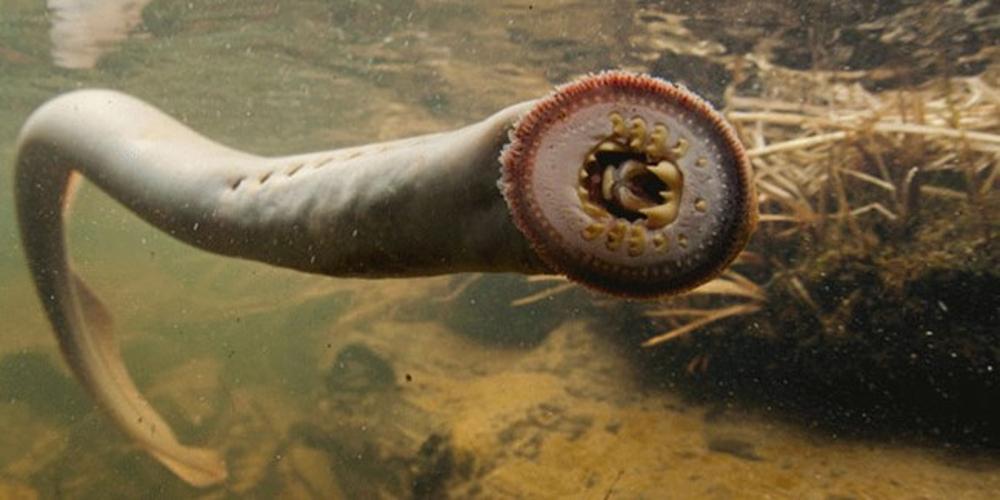
Source: Wikimedia
“They are characterized by their peculiar feeding behavior of eating blood or cutting off tissues from the hosts or prey to which they firmly attach via their toothed oral sucker,” they wrote.
Lampreys Continue to Puzzle Researchers
Despite the recent discovery, the evolution of Lampreys is still somewhat mysterious, as few fossils have been found worldwide.

Source: Freepik
One question that continues to puzzle researchers is when the lampreys evolved their complex teeth, which allow them to feed. According to researchers, early relatives of the species were too weak to be considered predators.
Lampreys During the Jurassic Era
By the Jurassic era, lampreys had evolved into aggressive predators with much larger bodies than their Paleozoic relatives. The researchers note these fish had the strongest “biting structures” of any lamprey species.

Source: Wikimedia
“Yanliaomyzon occisor, to our knowledge, the largest fossil lamprey known so far, ranks among the largest in modern species,” Wu and colleagues write.
Flesh Eating Lampreys
Researchers observed skeletal remnants within the lamprey’s digestive tract during the study, including skulls, jawbones, and teeth.
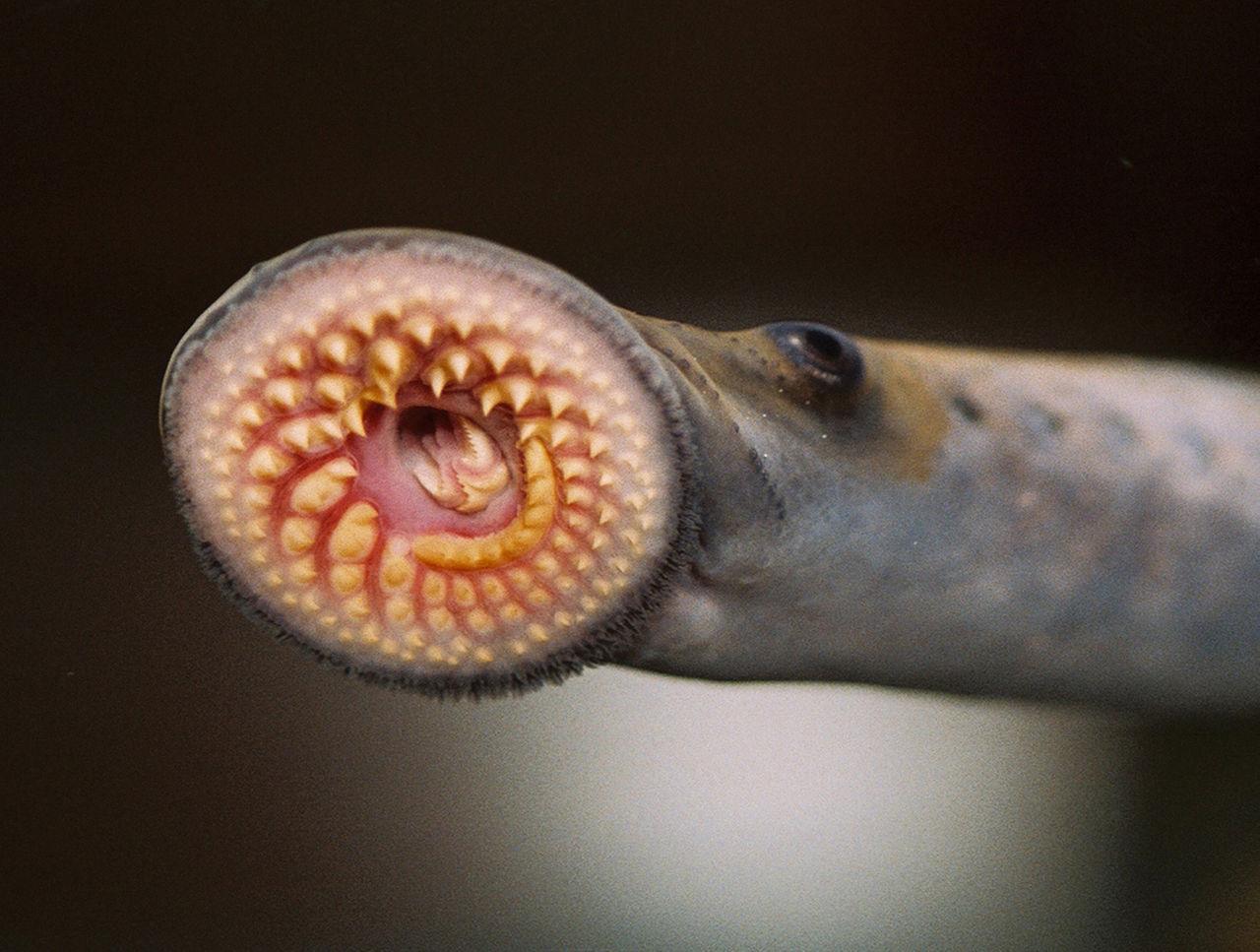
Source: Wikimedia
“The bones and skeletal relics point to a flesh-eating habit for these fossil lampreys,” the team writes, “making them the oldest records of its group with feeding mode clearly specified so far,” they wrote.
The Modernization of These Fish
The team from China’s Institute of Vertebrate and Paleontology and Paleoanthropology and the French National Museum of Natural History detailed their findings in an article published in the peer-reviewed journal Nature Communications.
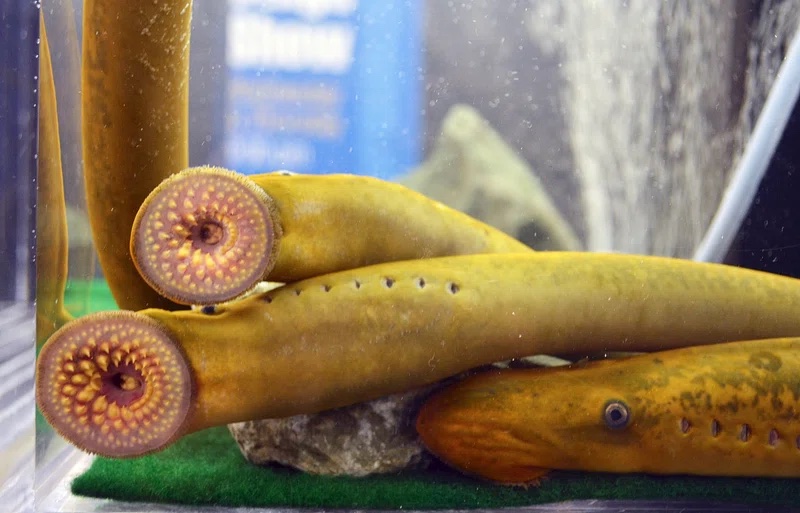
Source: Rawpixel
“The innovations of their feeding biology had probably underlain their evolutionary increase of the body size and the ‘modernization’ of their life-history mode during the Jurassic period,” the team wrote.
The Great Dying
The Great Dying is a period in Earth’s history when something unknown wiped out most life on the planet. Most researchers look to fossils of animals that date back to the era to find patterns, hoping to piece together the greatest natural tragedy on this Earth.

Source: Navicore/Wikimedia
While the lamprey may have survived the Great Dying in some way, it had to adapt greatly to survive.
Outliving Many Other Creatures
“The lamprey is a terrific animal,” lead author Wu Feixiang, a paleontologist and professor at the institute, said.
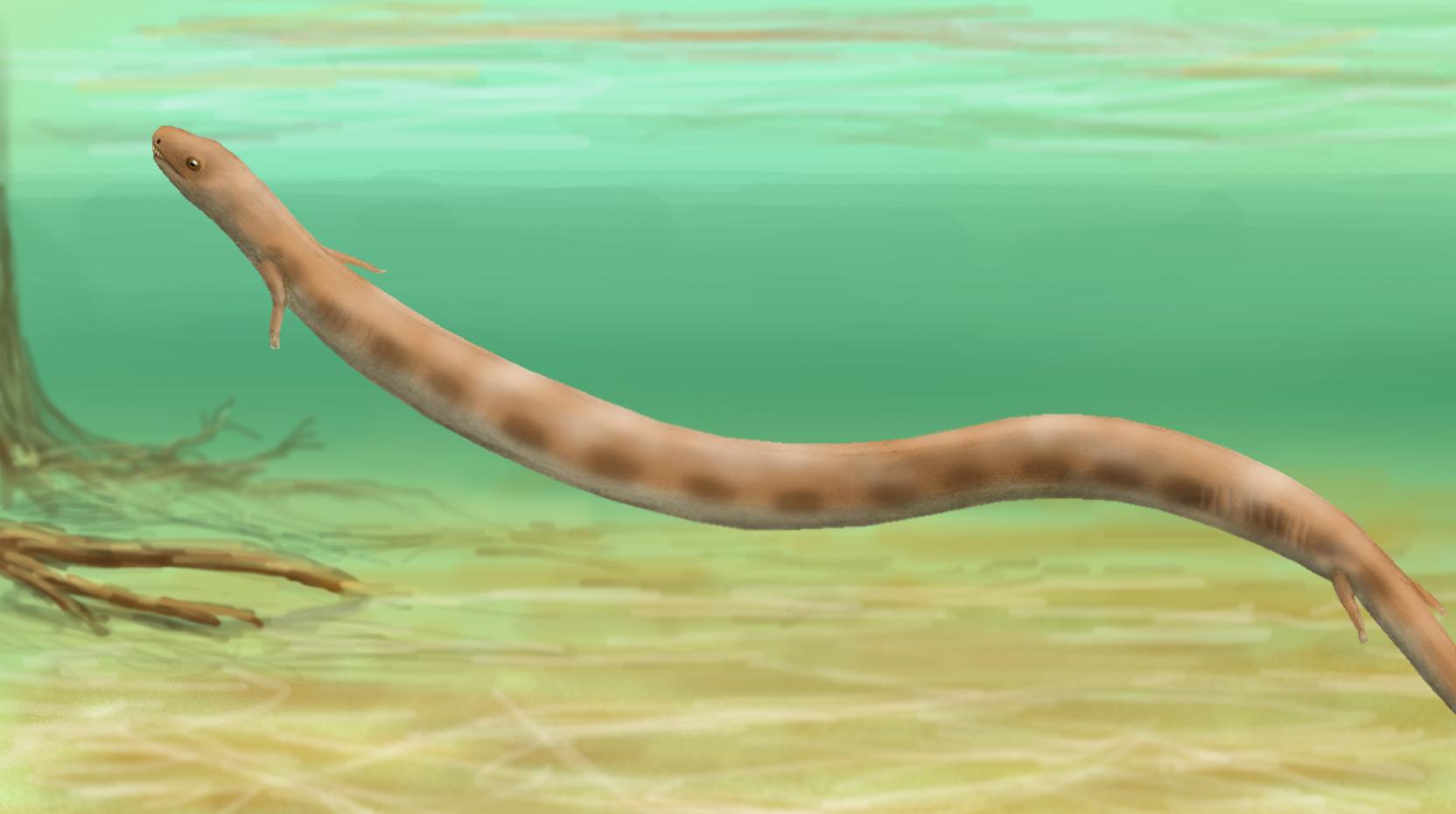
Source: Smokeybjb/Wikimedia Commons
He continued: “It might have been weak and small in the past, but it endured at least four mass extinctions, including the ‘Great Dying’ 252 million years ago [also known as the Permian-Triassic extinction event] which wiped out more than 80% of marine species.”
A Change in Diet
The earliest of the animals that coexisted with the larger fish were covered in thick body armor that the tiny lampreys wouldn’t be able to penetrate with their teeth.
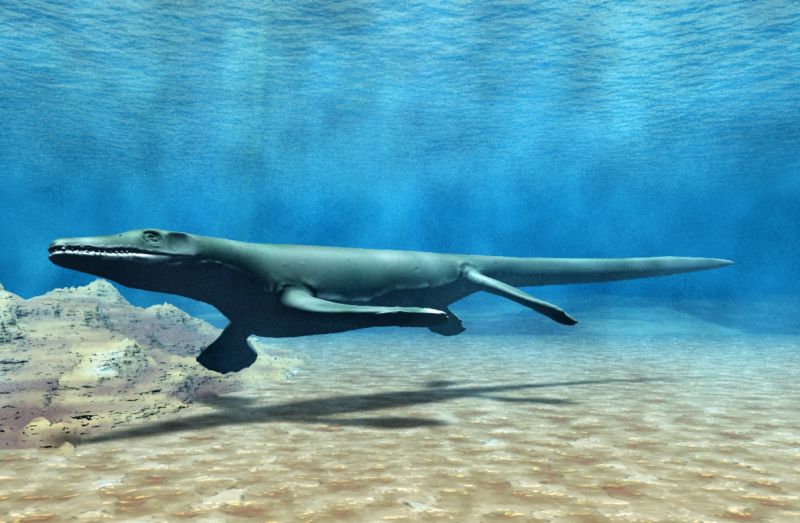
Source: Nobu Tamura/Wikimedia Commons
But by 160 million years ago, Wu says, “bony fishes with thin scales began to abundantly emerge” and provided lampreys with a new food source.
The Drastic Change in Feeding Habits
From the observations made during this study, the researchers were able to discern a drastic change in feeding structures and habits throughout the long evolution of the lampreys. They even theorized an alternative origin for the fish species.
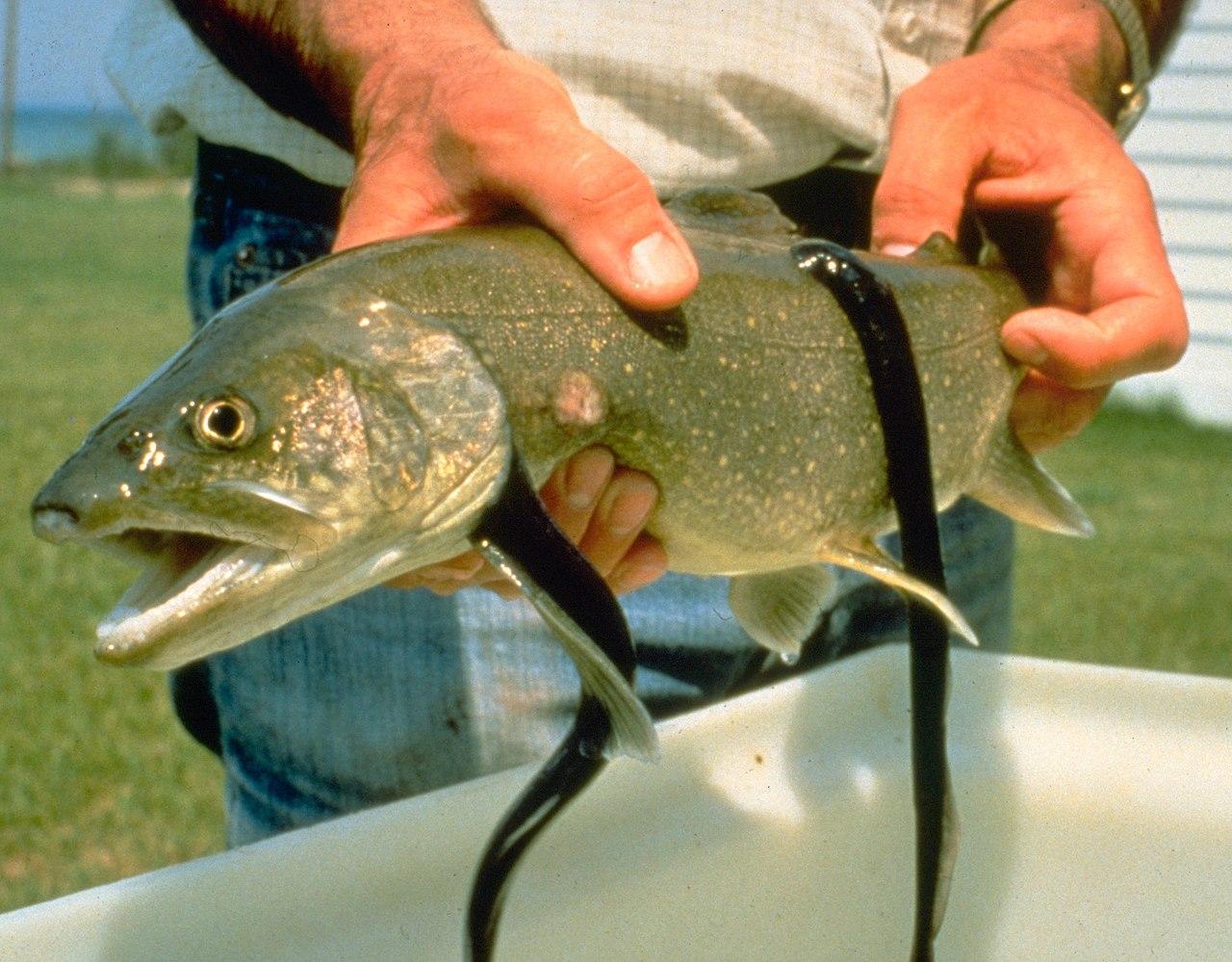
Source: Wikimedia
“Contrary to past efforts,” they write, “our study points to the Southern Hemisphere as the biogeographic source for modern lampreys,” they wrote.
Looking at the Prehistoric Ancestor
Wu added that the fossils have allowed the team to recreate how ancestors of today’s lampreys lived, their biological characteristics, and evolution.
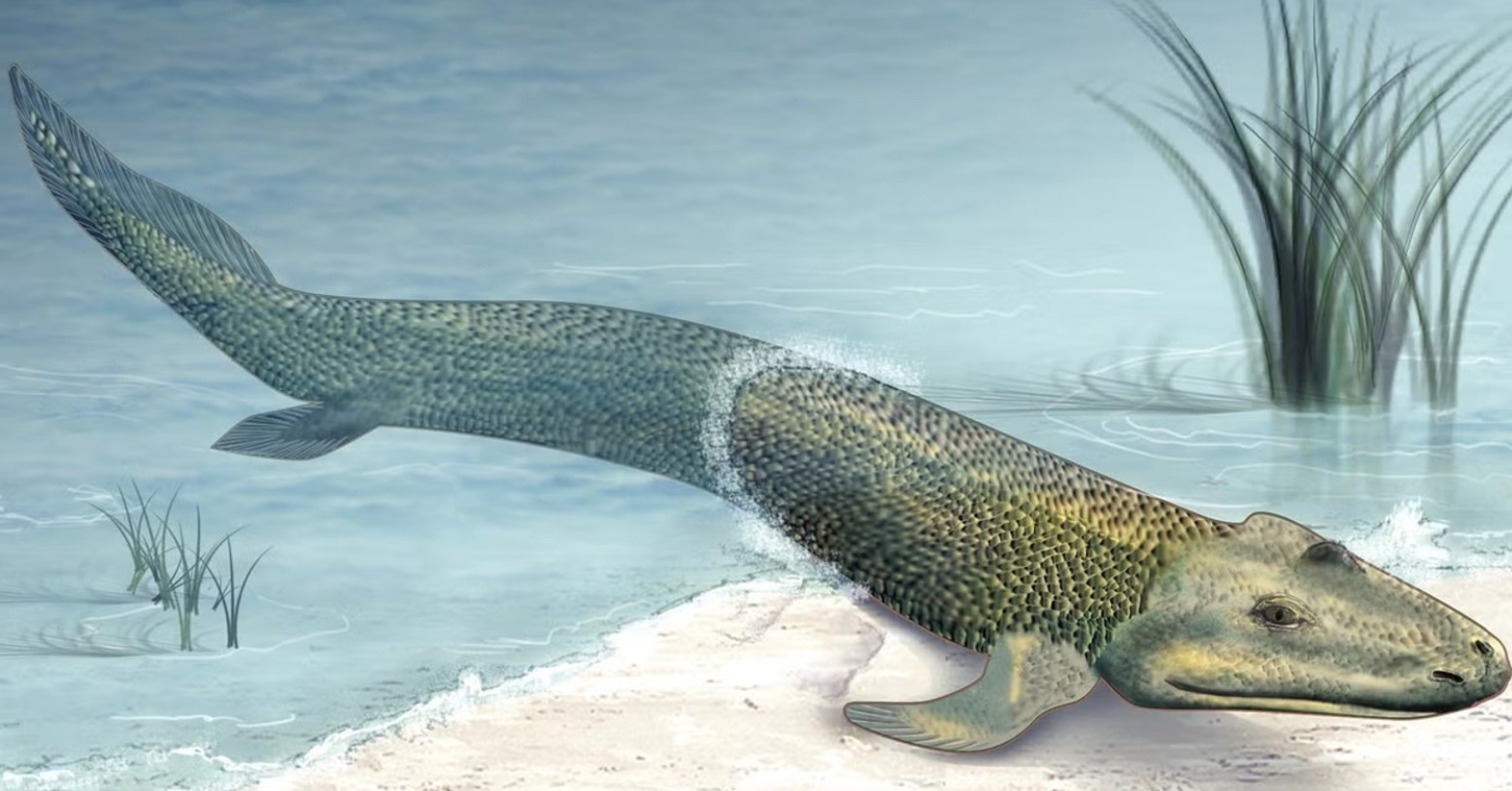
Source: @madison.com/YouTube
The team found that the fossils seem to have remained unchanged for millions of years, giving the team the ability to see how little the species has evolved.
Remaining Unchanged
“The living fossils might seem to have remained unchanged in the past 360 million years, but now we know that they developed a three-staged life cycle, like a tadpole developing from an egg to a frog, as they evolved,” he said.

Source: Freepik
The lampreys had a complex structure of teeth that they grew into, allowing them to bit and hold onto their prey. Growing this structure took a sufficient amount of energy.
Vicious Behavior Continues
It also seems that lampreys kept their vicious behavior throughout time, giving these fish the ability to dominate their prey that share the water with them.
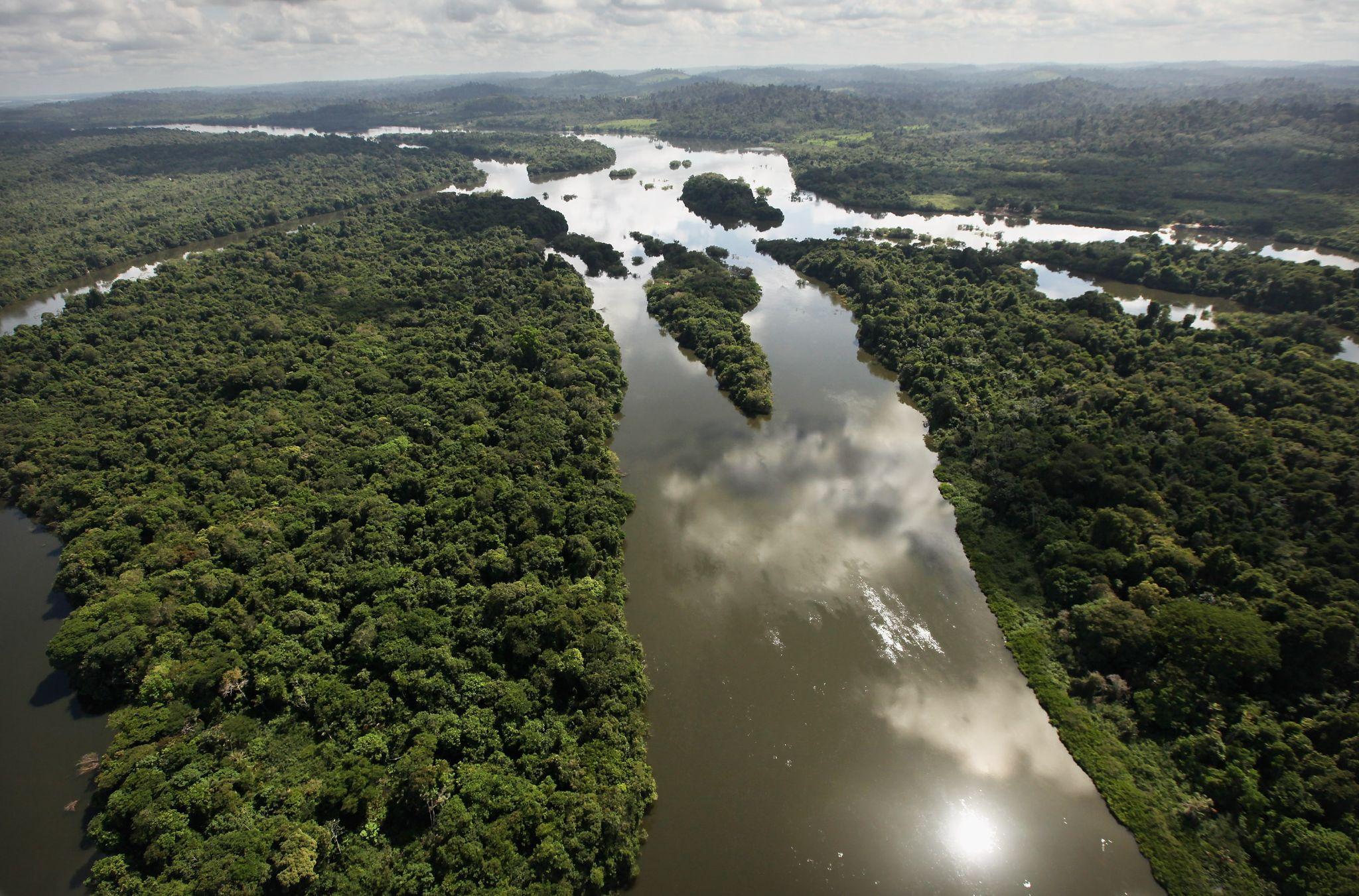
Source: Mario Tama/Getty Images
Modern-day lampreys, while not flesh devouring as their ancestors, still threaten to take the lives of their prey. Previous studies found that they end nearly 40 to 60% of their prey during those attacks.
A Vital Role in the Ecosystem
Lampreys play an important role in their ecosystem. They drive marine-derived nutrients when they migrate up rivers from the sea to lay their offspring.

Source: National Cancer institute/Unsplash
Wu also notes that studying the fish could help provide the researcher with possible medical resources because lampreys carry immune system cells with white blood cells that fight infections in humans.
A Window Into the Past
“There have been no other lamprey fossils from the dinosaur age that preserve their terrorizing oral apparatus quite so clearly,” says Canadian Museum of Nature paleontologist Tetsuto Miyashita, who was not involved in the new study.
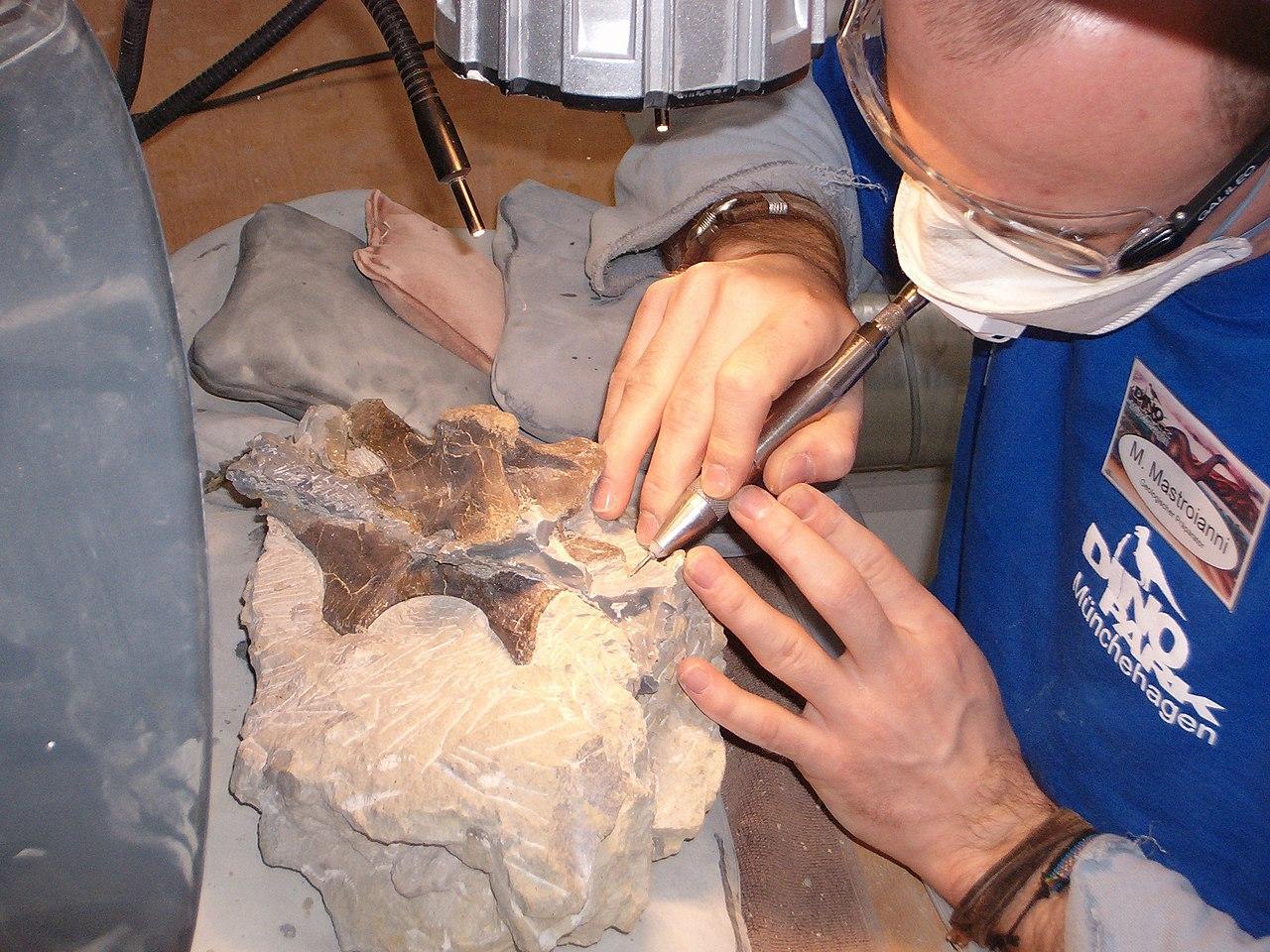
Source: Wikimedia
This discovery is huge for researchers as it opens a new window into the past.
New Information in the Fossil Record
There are not many known prehistoric lampreys that provide as much detail and information as the ones discovered in Liaoning Province. “The lamprey fossil record is very sparse and poor,” Miyashita says

Source: Freepik
The size of the prehistoric lampreys was likely a large parasitic species known today, which feeds on bony fish like trout and catfish.
